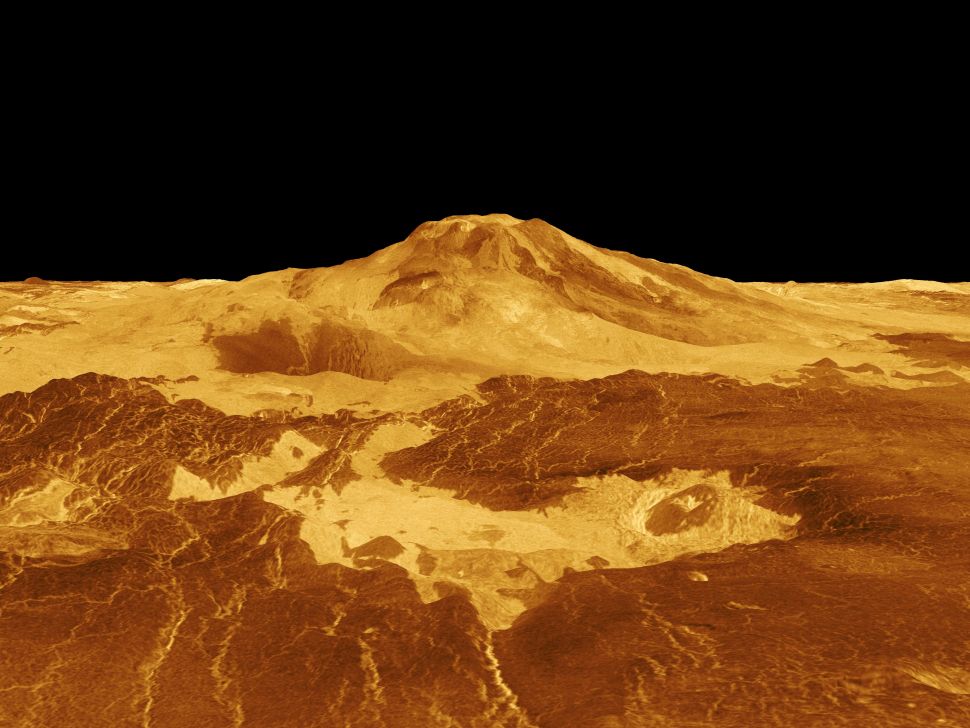MI weekly selection #506

Rising seas, oxygen depletion led to mass extinction
Rising seas likely contributed to high hydrogen sulfide levels and oxygen depletion that killed marine life during Earth’s Devonian period over 350 million years ago. Researchers analyzed black shale samples from the Bakken Formation underlying parts of North Dakota and Canada, finding that waters were drained of oxygen in “anoxic events” likely associated with rapid increases in sea level from melting South Pole ice sheets.
Full Story: Live Science
3D structures formed with acoustic holograms
Researchers used multiple acoustic holograms to assemble microparticles, hydrogel beads and biological cells into different 3D structures in a single step. The technology may be useful in biofabrication, as the use of soundwaves is more gentle and doesn’t apply mechanical or chemical stress to the cells.
Full Story: AZoM
Thwaites glacier underbelly is melting slower than previously thought
Researchers who used a 3.5-meter-long Icefin robot to examine the underside of the retreating Thwaites glacier in West Antarctica concluded the underbelly is melting slower than previously thought. The pencil-shaped submersible, outfitted with cameras, sonar and salinity and temperature sensors, found deep, pitted crevasses in the ice, say scientists, who also determined that steeply sloped areas are melting faster than flat sections.
Full Story: Eos
Baby mice spring from 2 males
Scientists have grown mice from two males for the first time. Researchers used skin cells from male mice to create stem cells that were converted to female egg cells and implanted into female mice, successfully growing about 1% of the embryos into mouse babies.
Full Story: The Associated Press
Clues that Venus has active volcanoes
Scientists have found new evidence that Venus has active volcanoes that may erupt regularly. Analyzing data from the Magellan spacecraft that orbited Venus in the 1990s, researchers discovered that a volcano appeared to have erupted between February and October 1991, though the answer may not be conclusively drawn until NASA’s Veritas spacecraft launches in 2031 to collect more data.
Full Story: Space